In Images: An Ancient Long-headed Woman Reconstructed
Well-preserved find
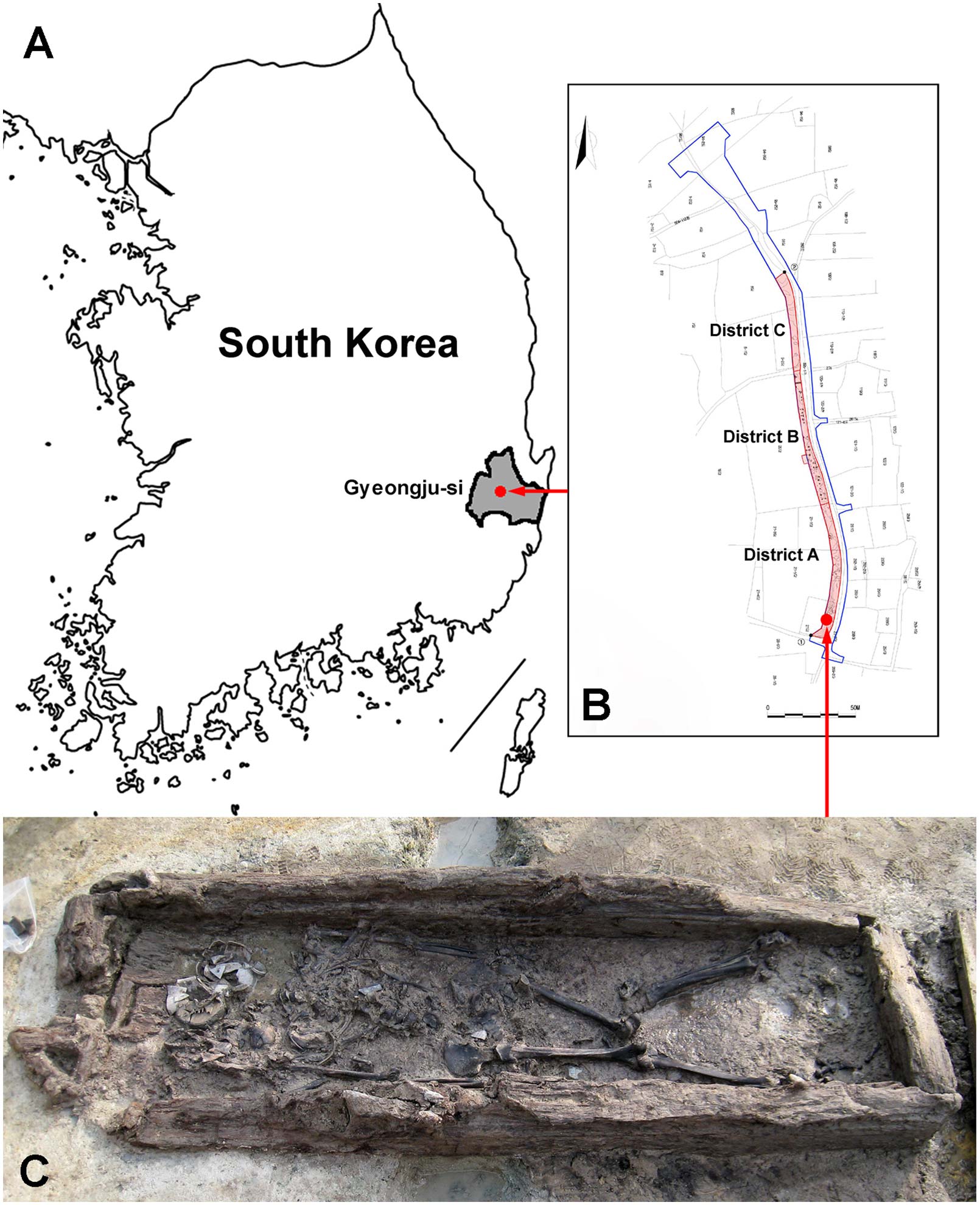
Researchers recently unearthed the skeleton of a woman who lived about 1,500 years ago in what is now Korea. The body was found in the historic capital of the ancient Silla Kingdom, called Gyeongju. The Silla Kingdom was a royal dynasty that ruled much of the Korean peninsula for about a millennium. relatively intact, which is rare given that the soil in Korea doesn't typically preserve remains well.
[Read the full story on the discovery of the long-headed woman]
Bone fragments
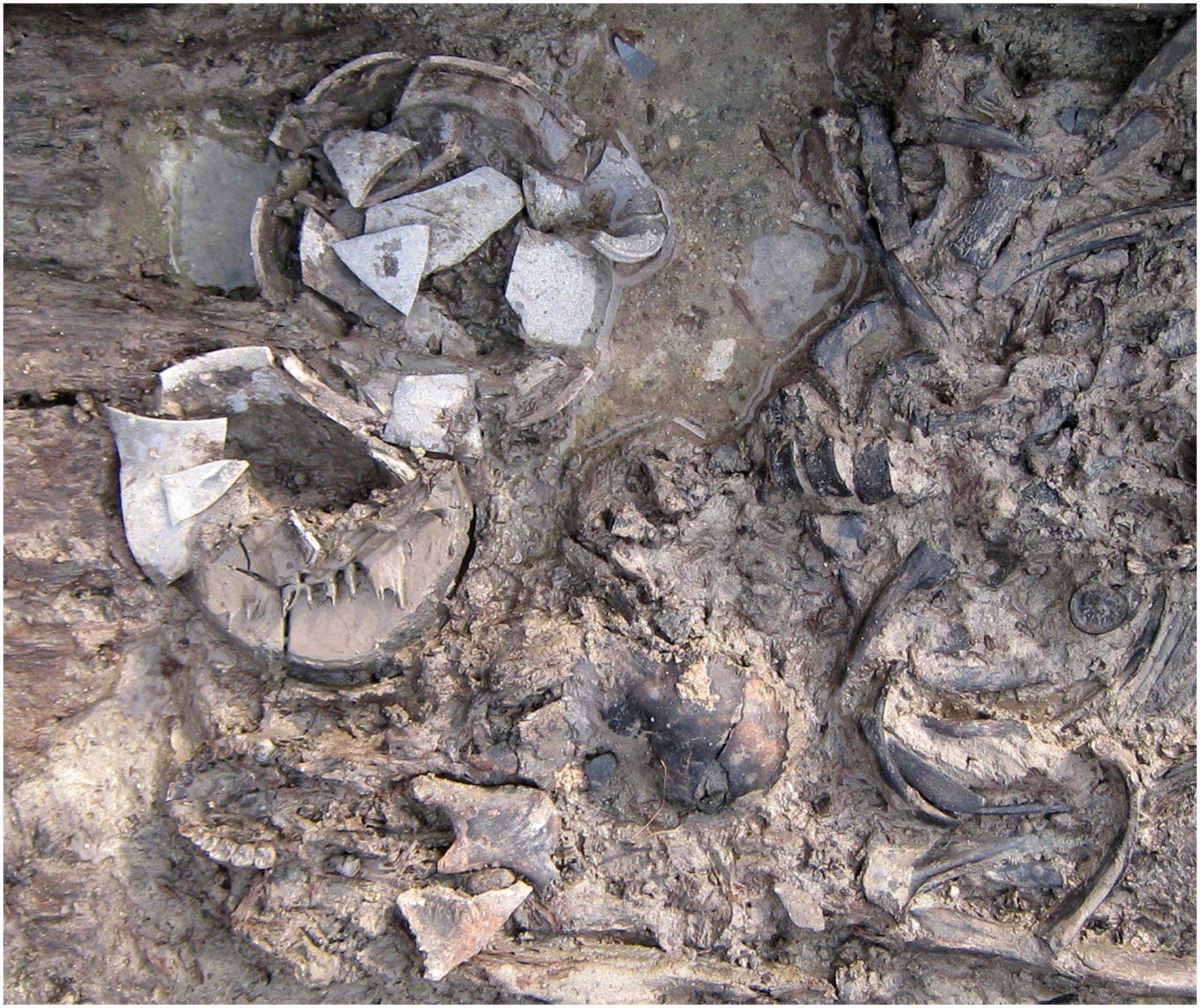
Here, a closeup of the upper portion of the body, co-mingled with other artifacts found in the tomb. The team analyzed the chemicals in the bones and found that the woman was a strict vegetarian, likely reflecting the influence of Buddhism in the country during that time.
Skull in pieces
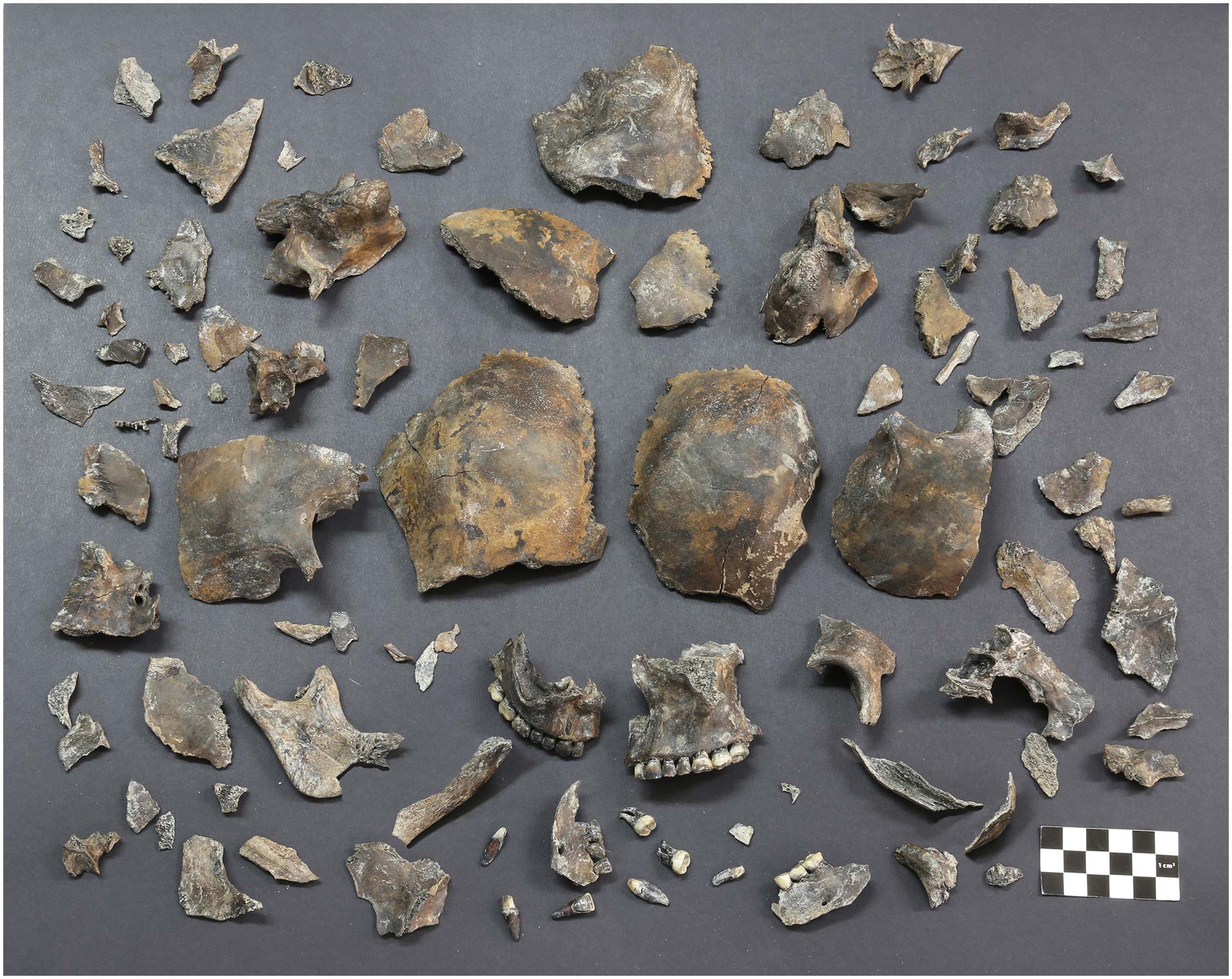
While most of the skull was present, it was in fragments. So the team painstakingly reassembled them. Here, the fragments from the skull.
[Read the full story on the discovery of the long-headed woman]
Skull reconstructed
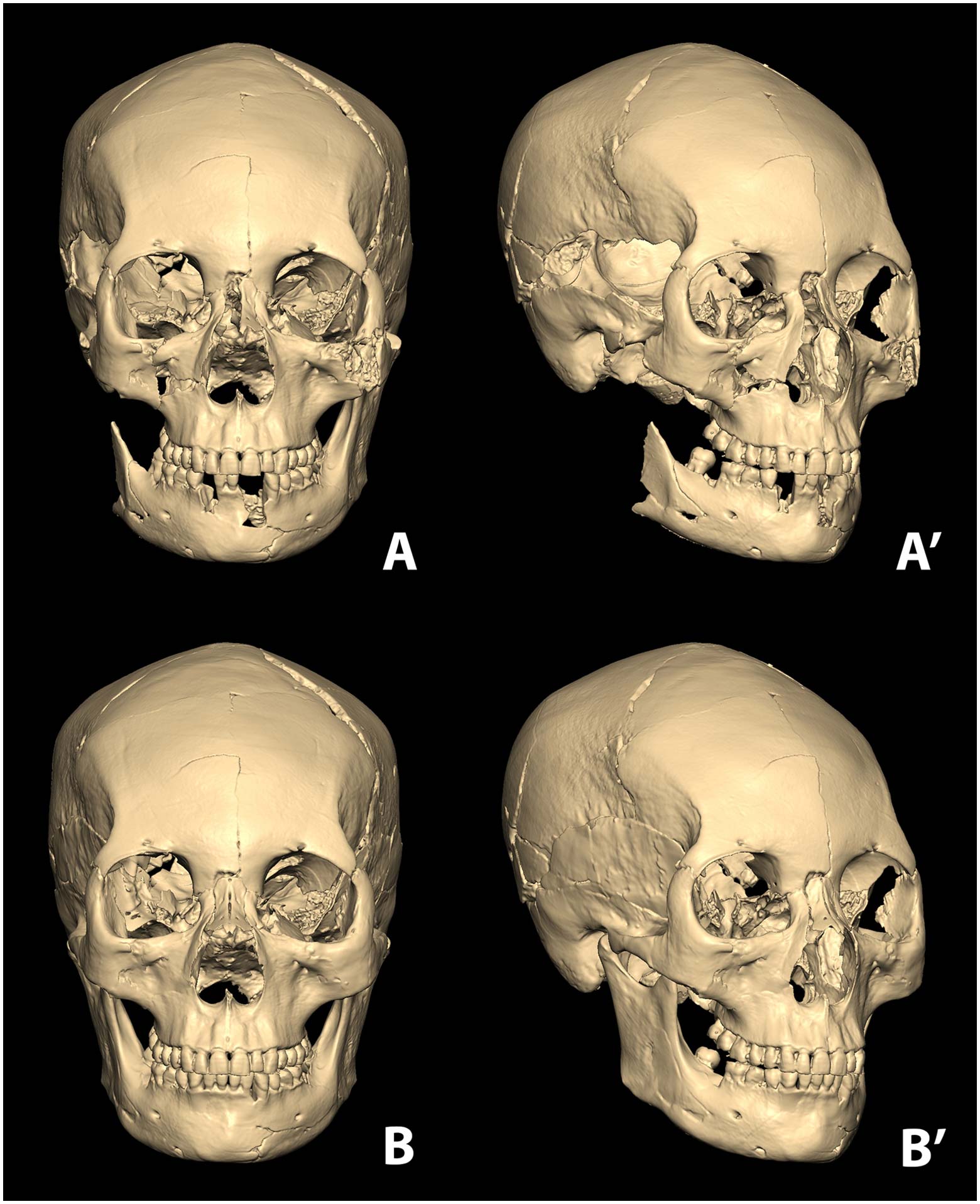
The team then used computer 3D modeling to virtually assemble the pieces. The program also filled in some of the missing pieces.
Reassembled skull
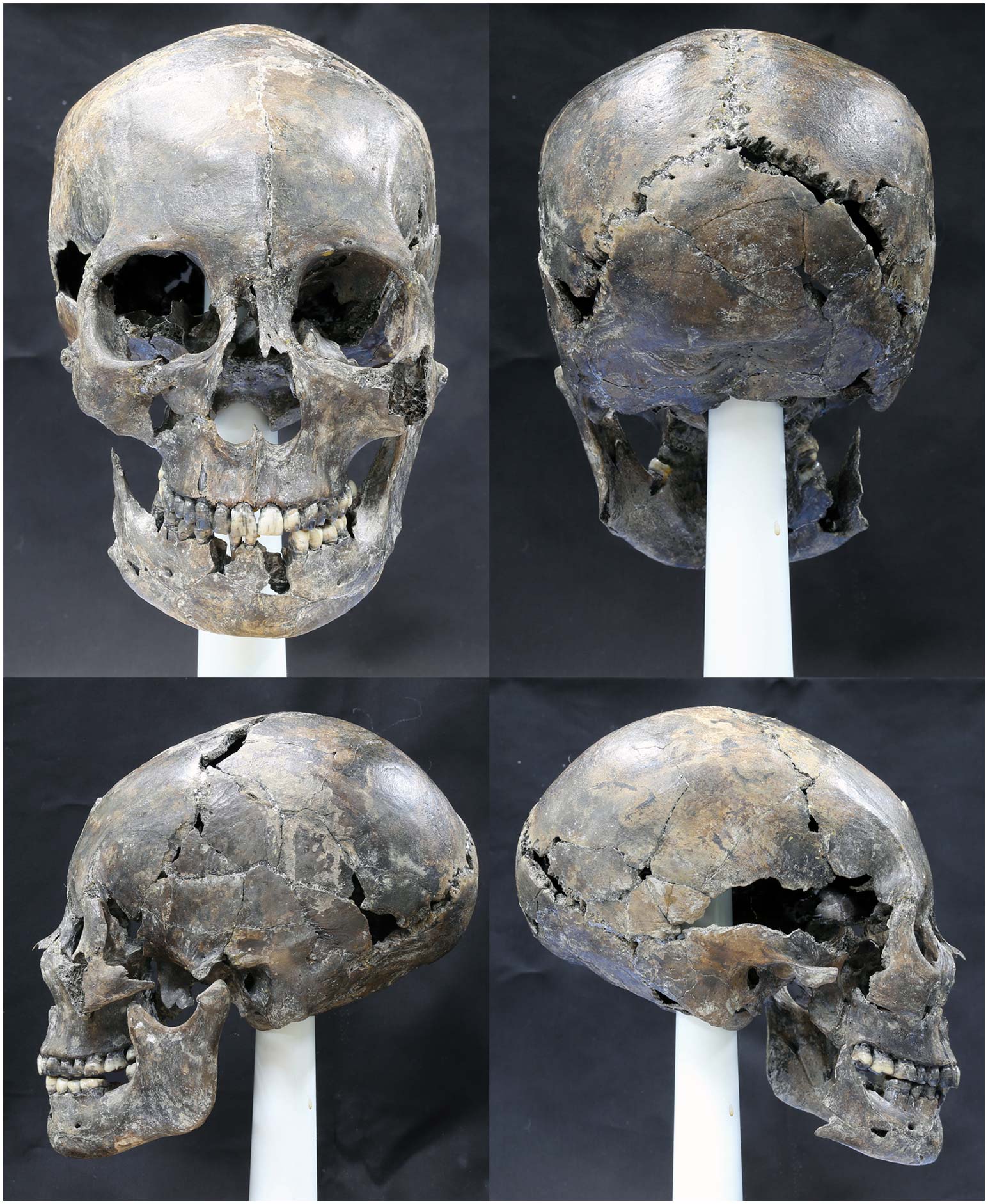
Using the computer model as a guide, the team them reconstructed the actual skull.
Sign up for the Live Science daily newsletter now
Get the world’s most fascinating discoveries delivered straight to your inbox.
[Read the full story on the discovery of the long-headed woman]
Reconstructing the face

The tea then used anatomical reference guidelines to add on parts of the face, layer-by-layer. The major facial muscles were put in place one-by-one, followed by major facial components like nose and mouth, and finally the skin.
Ancient woman comes alive
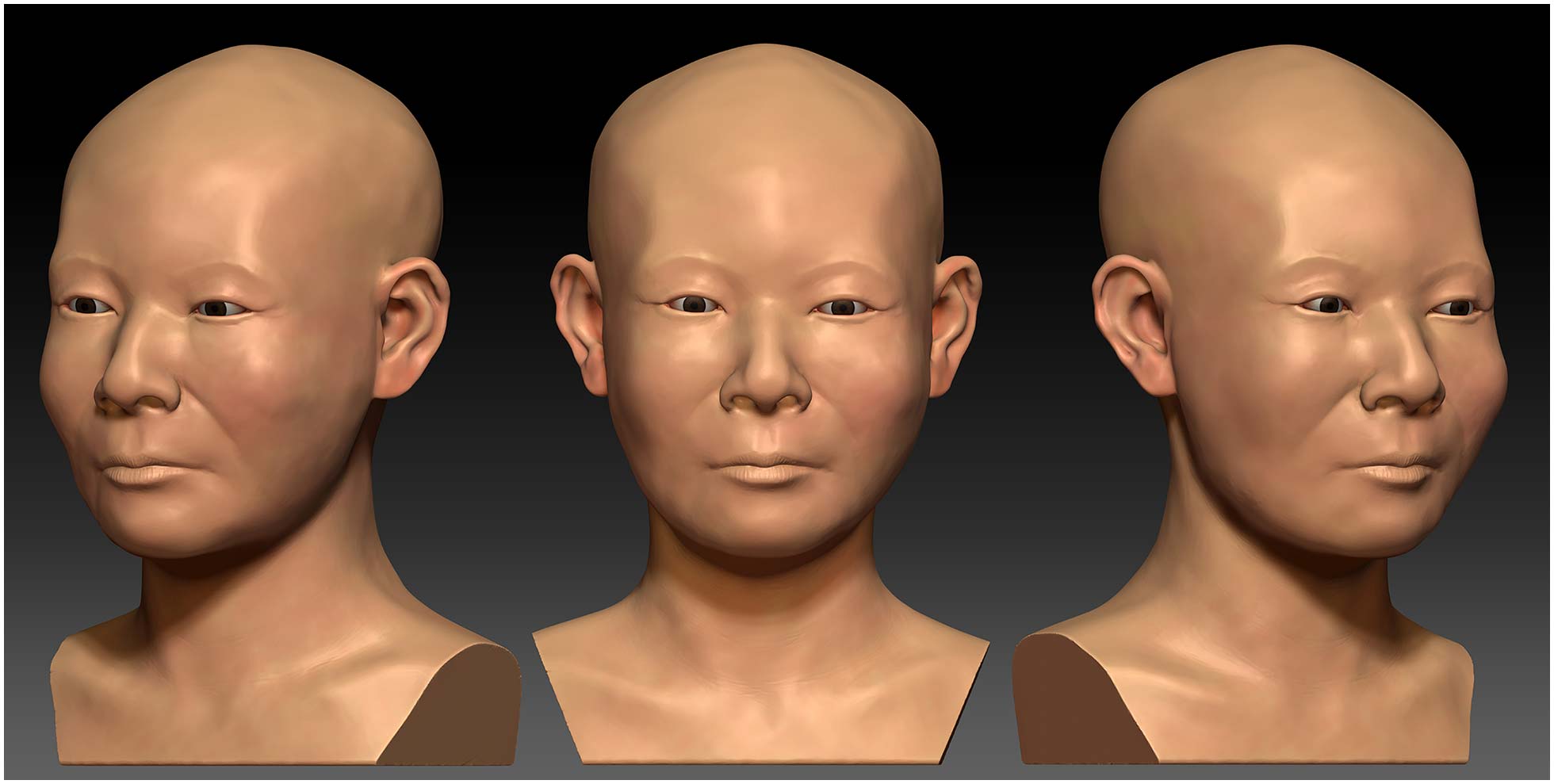
The new 3D reconstruction of the woman's face shows a woman who had a longer skull than is currently typical in Korea. The woman's head was dolicephalic, meaning her head length is more than 80 percent of its width. However, the team does not believe this was due to deliberate deformation, but was rather a natural variation within the population.
[Read the full story on the discovery of the long-headed woman]











